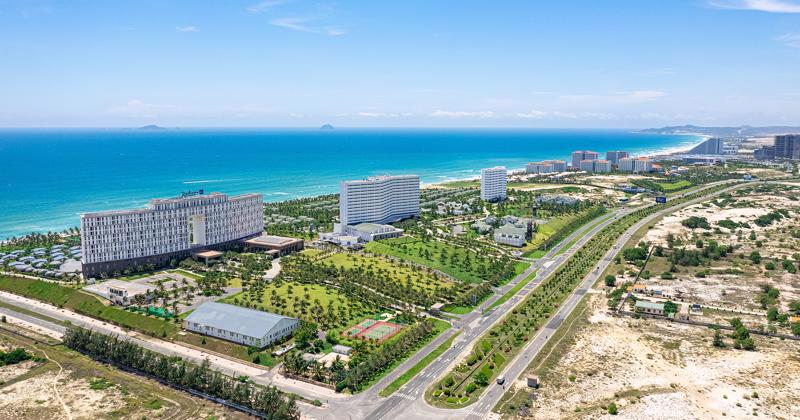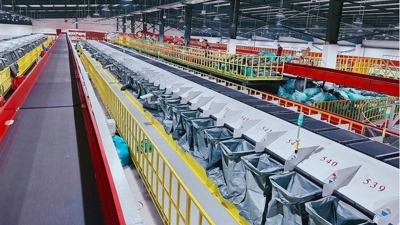Legal obstacles slowing tourism real estate
Tourism real estate grappling with shortcomings in legal framework.

According to the Vietnam Real Estate Association, as of September 2021, there were 239 “frozen” tourism real estate projects in 15 localities around Vietnam, with total investment of around $30 billion.
The bottleneck is from the 2013 Land Law stipulating that only administrative infrastructure can be created in residential land areas and not social infrastructure, meaning resort real estate cannot be developed. Many solutions have been proposed to address the issues.
The concept of “residential land without residential units” was formed based on the provisions of Article 10 of the 2013 Land Law, which stipulates that “residential land” is a type of non-agricultural land used for construction purposes in rural and urban areas with stable and long-term use. As for “residential units”, the national technical regulation on construction planning, QCVN 01:2021/BXD, explains that it is “the basic functional area of the city mainly serving residential needs, including housing, service - public works, public trees to serve the regular and daily needs of the residential community, and roads and parking lots for residential units.”
This concept has helped develop tourism real estate, and many projects have received strong investment and been put into operation. However, when inspections are done, some localities are confused by the vagaries of the law. There are many projects that have ground to halt, and the tourism and resort real estate markets in many parts of the country have become “frozen” after a long period of heated development, creating difficulties and frustration for both investors and purchasers.
The 2013 Land Law is in the process of being adjusted, but solutions are needed in the interim. Creating a complete and stable legal framework is now an urgent requirement given that the tourism industry has the opportunity to recover from the pandemic. The immediate need is to untangle projects with “residential land without residential units”.







